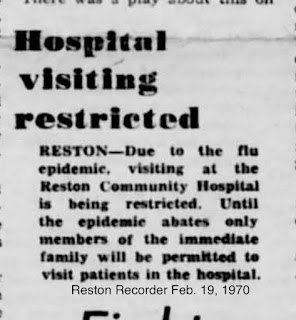1964 was a year of frenzied building in Reston. After the disastrous fire in November the year before, a new rink was being built along with a post office, another gas station and at least one private home. The first to be opened was the current Petro-Canada station on Main Street. The property had been a tennis court when it was owned by the lawyer who lived across the street, Kippen Cates.
Anglo-Canadian Oils Ltd was established in 1939 and was very committed to small town service stations in 1964, the company had 384 employees, according to an interview with president J.L. Valena and half of that number were employed in towns in rural Manitoba. They also a refinery in Brandon, where the Canadian Tire stands today where a million barrels of oil were processed in 1963. Crude came to Brandon from Alberta and Saskatchewan via the Interprovincial Pipeline. Manitoba crude was not suited to the equipment at this plant, apparently.
In 1966, the business was rebranded as Royalite. Bob Froese was manager in 1972 and along with Jim Pringle, had the business called B &J Gulf. Other names associated with the garage over the years are Dale Mayert, Jim McLenehan, George Pringle and Vernon Cook. In 1986, Petro-Canada took over Gulf as a crown corporation and Barry Caldwell was installed as the manager of Caldwell Sales and Service with operations in Melita and Reston on December 8, 1986. Jack Smith was hired as a driver salesperson for bulk fuel. Petro-Canada became a private company again in 1999.
 |
| October 2022 |

















